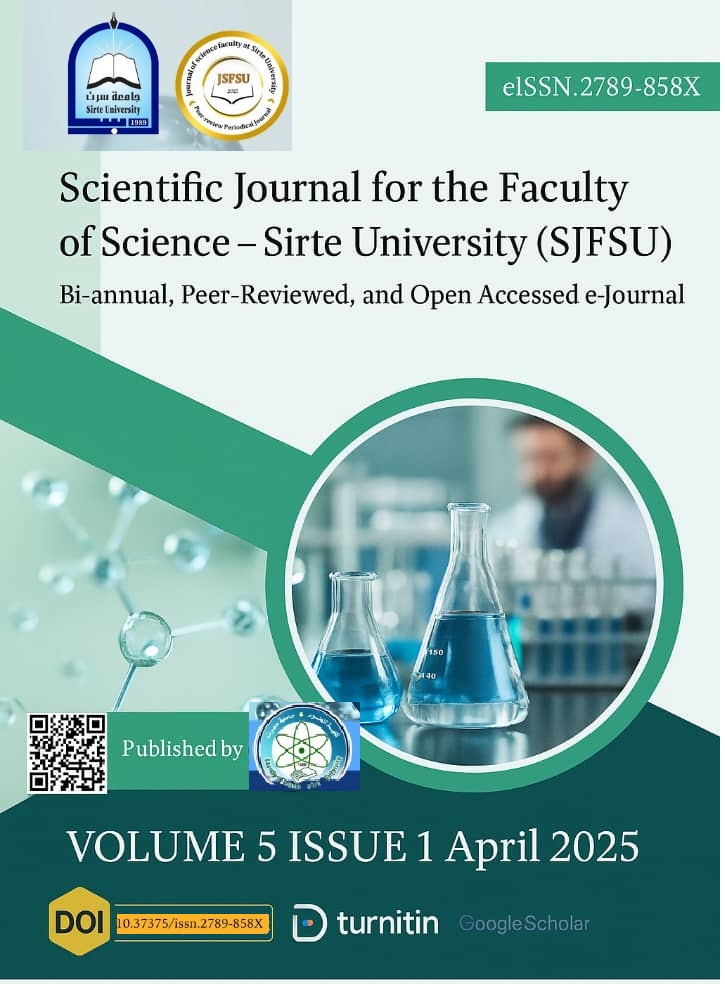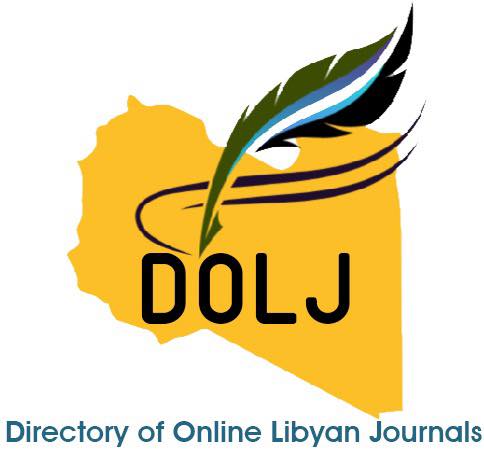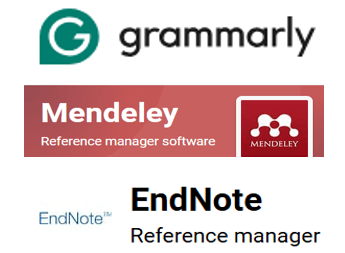Effect of hypoxia on release TNF alpha by dendritic cells and macrophage derived from myeloid cells of mice
DOI:
https://doi.org/10.37375/sjfssu.v5i1.3206Keywords:
Hypoxia, , Dendritic cells, , Macrophage, Mouse myeloid cells.TNF-alpha.Abstract
Hypoxia is low levels of oxygen and is a common feature during inflammation associated with numerous inflammatory diseases and infections. Dendritic cells and macrophages are significant immune defensive cells with a range of functions that include phagocytosis, secretion and release of an extensive kind of proteins including cytokines and chemokines, and are typically found in areas where oxygen availability is low, especially during inflammation. Tumor necrosis factor type alpha (TNF α) is a cytokine that is expressed by various cell types including macrophages, dendritic cells, and other non-immune cells against infections. It is an important pro-inflammatory cytokine that regulates inflammatory cells and responses.
This study focused on comparing the effects of hypoxia on the release of TNF alpha levels by dendritic cells and macrophages derived from myeloid cells of C57BL/6J mice in vitro using the ELISA test. Hypoxia is used because of the associated changes in the living body of the mouse.
Non-stimulated macrophages and dendritic cells derived from myeloid incubated in parallel in hypoxia and normoxia showed the production of TNF-α in both conditions; however, both dendritic cells and macrophages released more TNF-α in normoxia than in hypoxia. The production of TNF-alpha was higher in dendritic cells compared to macrophages. In brief, the comparisons between normoxia and hypoxia on the release of TNF alpha by dendritic cells and macrophages derived from myeloid cells of non-stimulated mice were shown.
References
Luo, Z., Tian, M., Yang, G. Tan Q, Chen Y, Li G, Zhang Q, Li Y, Wan P, Wu J (2022) Hypoxia signaling in human health and diseases: implications and prospects for therapeutics. Sig Transduct Target Ther. 7, 218. doi.org/10.1038/s41392-022-01080-1
Peng Q, Li K, Anderson K, Farrar C, Lu B, Smith R, Sacks S, Zhou W (2008) Local production and activation of complement up-regulates the allostimulatory function of dendritic cells through C3a-C3aR interaction. Blood. 111, 2452-2461.
Rius J, Guma M, Schachtrup C, Akassoglou K, Zinkernagel A, Nizet V, Johnson R, Haddad G, Karin M (2008) NF-kappaB links innate immunity to the hypoxic response through transcriptional regulation of HIF-1alpha. Nature. 453, 807- 811.
Imtiya H and Simon M (2010) Hypoxia-inducible factors as essential regulators of inflammation Curr Top Microbiol Immunol. 2010;345:105–120. doi: 10.1007/82_2010_74
Yun J, McCormick T, Villabona C, Judware R, Espinosa M, Lapetina E (1997) Inflammatory mediators are perpetuated in macrophages resistant to apoptosis induced by hypoxia. Proc Natl Acad Sci U S A. 94 (25) 13903-13908. doi.org/10.1073/pnas.94.25.1390
Neubauer J (2001) Physiological and pathophysiological responses to intermittent hypoxia. J Appl Physiol.90(4):1593-9.doi: 10.1152/jappl.2001.90.4.1593
Hu C, Wang L, Chodosh L, Keith B, Simon M (2003) Differential roles of hypoxia-inducible factor-1 alpha (HIF-1alpha) and HIF-2 alpha in hypoxic gene regulation. Mol. Cell. Biol. 23:9361-9374. doi: 10.1128/MCB.23.24.9361-9374.
Zinkernagel A, Johnson, R, Nizet, V (2007) Hypoxia inducible factor (HIF) function in innate immunity and infection. Journal of Molecular Medicine.85, 1339-1346.
Sitkovsky M and Lukashev D (2005) Regulation of immune cells by local-tissue oxygen tension: HIF-1 alpha and adenosine receptors. Nature Reviews Immunology. 5, 712-721.
Jang D, Lee A, Shin H, Song H, Park J, Kang T, Lee S, Yang S (2021) The Role of Tumor Necrosis Factor Alpha (TNF-α) in Autoimmune Disease and Current TNF-α Inhibitors in Therapeutics. Int J Mol Sci. 8;22(5):2719. doi: 10.3390/ijms22052719
Westcott M, Henry C, Cook A, Grant K, Hiltbold E (2007) Differential susceptibility of bone marrow-derived dendritic cells and macrophages to productive infection with Listeria monocytogenes. Cellular Microbiology. 9, 1397- 1411.
Inaba K, Inaba M, Romani N, Aya H, Deguchi M, Ikehara S, Muramatsu S, Steinman, R (1992) Generation of large numbers of dendritic cells from mouse bone marrow cultures supplemented with granulocyte/macrophage colony-stimulating factor. The Journal of Experimental Medicine. 176, 1693-1702.
Lutz B, Kukutsch N, Ogilvie A, Rossner S, Koch F, Romani N, Schuler G (1999) An advanced culture method for generating large quantities of highly pure dendritic cells from mouse bone marrow. Journal of Immunological Methods. 223, 77- 92.
Zhang X, Goncalves R, Mosser D (2008) The isolation and characterization of murine macrophages. Curr Protoc Immunol. Chapter 14, Unit 14.1 doi: 10.1002/0471142735.im1401s83
Sallusto F and Lanzavecchia A (1994) Efficient presentation of soluble antigen by cultured human dendritic cells is maintained by granulocyte/macrophage colonystimulating factor plus interleukin 4 and downregulated by tumor necrosis factor alpha. The Journal of Experimental Medicine. 179, 1109-1118.
Xu Y, Zhan Y, Lew A, Naik S, Kershaw M (2007) Differential development of murine dendritic cells by GM-CSF versus Flt3 ligand has implications for inflammation and trafficking. Journal of Immunology .1;179(11):7577-84.doi: 10.4049/jimmunol.179.11.7577.
Menges M, Baumeister T, Rossner S, Stoitzner P, Romani N, Gessner A, Lutz M (2005) IL- 4 supports the generation of a dendritic cell subset from murine bone marrow with altered endocytosis capacity. Journal of Leukocyte Biology. 77, 535-543.
Bradley J (2008) TNF-Mediated inflammatory disease. Jour. Pathol.214:149–160. doi: 10.1002/path.2287
Liu, T., Matsuguchi, T., Tsuboi, N., Yajima, T., Yoshikai, Y., 2002. Differences in expression of toll-like receptors and their reactivities in dendritic cells in BALB/c and C57BL/6 mice. Infection and Immunity. 70, 6638-6645.
Edelson B and Unanue E (2000) Immunity to Listeria infection. Current Opinion in Immunology. 12, 425-431.
Köhler T, Reizis B, Johnson S, Weighardt H, Förster I (2012) Influence of hypoxia-inducible factor 1α on dendritic cell differentiation and migration. European Journal of Immunology. 42(5):1226–1236. doi: 10.1002/eji.201142053.
Blengio F, Raggi F, Pierobon D, Cappello P, Eva A, Giovarelli M, Varesio L, Bosco L (2013) The hypoxic environment reprograms the cytokine/chemokine expression profile of human mature dendritic cells. Immunobiology;218(1):76–89. doi: 10.1016/j.imbio.2012.02.002.
Scannell G, Waxman K, Kaml G, Ioli G, Gatanage T, Yamamoto R, Granger G (1993) Hypoxia induces a human macrophage cell line to release tumor necrosis factor-alpha and its soluble receptors in vitro. Ann Surg Res 54, 281–285 doi: 10.1006/jsre.1993.1044.
Xu Q , Liu H, Ye Y, Wuren T, Ge R (2024) Effects of different hypoxia exposure on myeloid-derived suppressor cells in mice. Experimental and Molecular Pathology. V:140, 104932
Lahat N, Rahat M, Kinarty A, Weiss-Cerem L, Pinchevski S, Bitterman H (2008) Hypoxia enhances lysosomal TNF-α degradation in mouse peritoneal macrophages. Am J Physiol Cell Physiol;295(1):C2-12.doi: 10.1152/ajpcell.00572.2007.

Downloads
Published
Issue
Section
License
Copyright (c) 2025 Scientific Journal for Faculty of Science-Sirte University

This work is licensed under a Creative Commons Attribution 4.0 International License.













